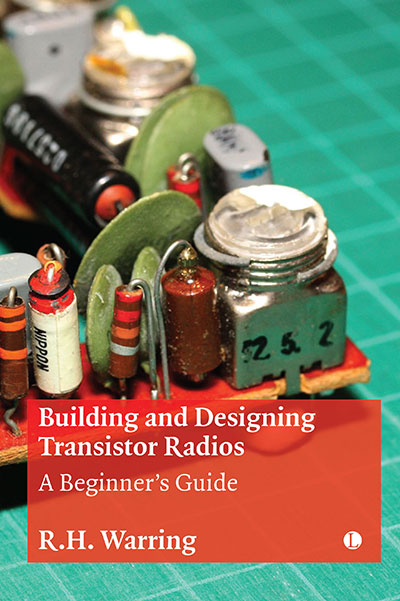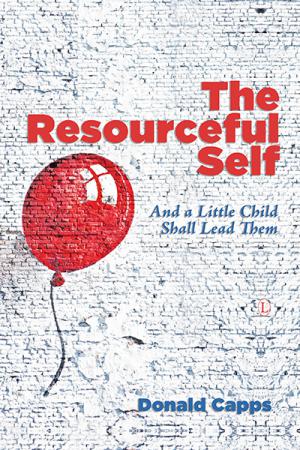Description
In his characteristic accessible and clear style, R.H. Warring offers a guide for the radio amateur to many of the things one ought to know when tackling a radio project. Warring describes and illustrates the design and working characteristics of the basic electronic ‘blocks’ from which radio receivers can be constructed and shows the reader how to incorporate additional simple circuits, such as volume and tone controls, and automatic gain control, to build upon these basic blocks. Straightforward calculations are provided to determine the values of components like resistors, capacitors and inductances to optimise your results.
Building and Designing Transistor Radios will equip you with the skills and knowledge properly to understand transistor radios. Special attention is paid to the transistor, the most important component, which the author provides insightful advice on. By understanding the operating characteristics of the radio’s different elements, the reader can learn how to devise circuits so that they perform most efficiently. With 80 diagrams, no excessively complicated circuitry, and minimal mathematical calculations included, this book first published in 1977 remains perfect for amateurs and enthusiasts.






